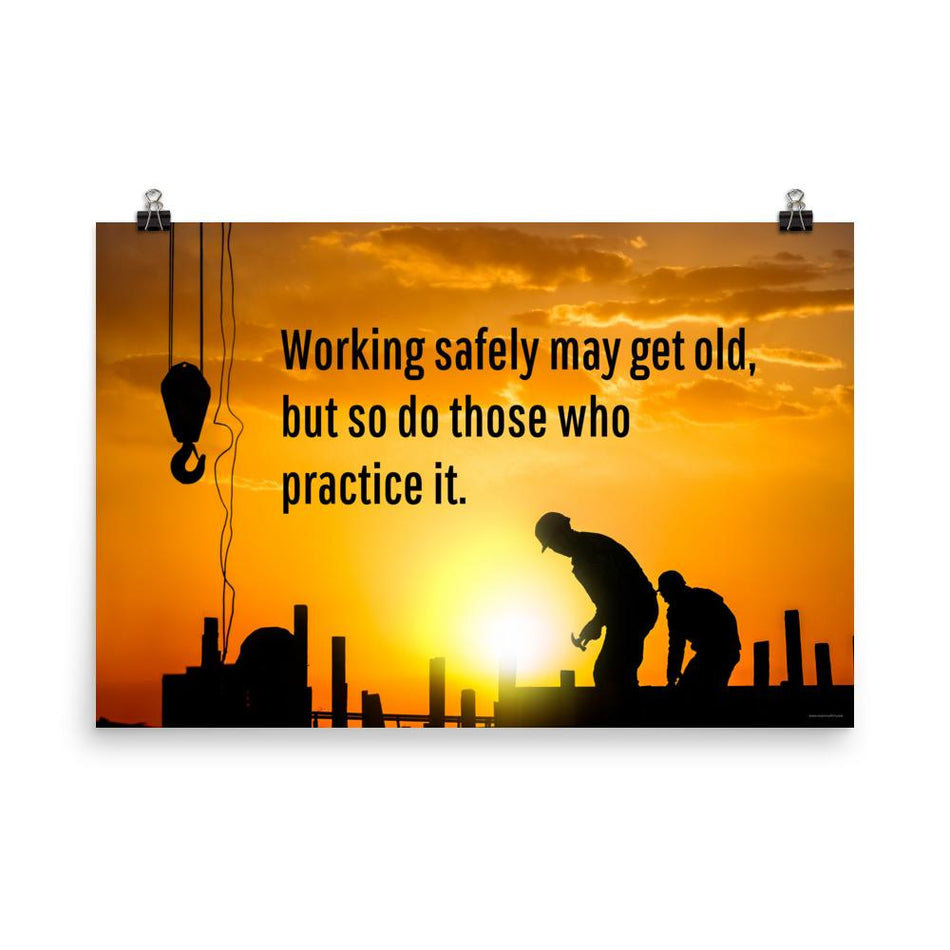Falls from portable ladders are a leading cause of workplace injuries and fatalities. According to OSHA, ladder-related incidents contribute significantly to occupational hazards, and NIOSH reports that over 500,000 people in the U.S. are treated for ladder injuries annually. Tragically, approximately 300 of these incidents result in fatalities every year.
Ladder safety is not just a compliance issue; it’s a matter of life and death.
To minimize risks, follow these essential safety guidelines:
- Always check your step ladder for damage or defects before using it.
- Look for issues such as missing or broken rungs, bolts, cleats, or screws, as well as loose components.
- If a ladder is damaged, remove it from service immediately.
- Do not use wire, screws, bolts, duct tape, or electrical tape to "fix" a ladder.
- Instead, tag defective ladders and take them out of use.
- Do not stand on the top rung or step—this makes the ladder unstable and increases the risk of tipping over.
- Always face the ladder while climbing or working. Facing away can easily result in a fall.
- Avoid over-reaching—keep your body centered on the ladder to maintain balance.
- Never move or shift a ladder while someone is on it. This could lead to serious injuries if the ladder tips or the person falls.
- A step ladder is not an extension ladder. Use each type of ladder as intended.
Ladder Safety Training
If ladders are used at your workplace—even occasionally—an annual safety meeting on ladder use is crucial. Key topics to cover include:
-
Choosing the Right Ladder for the Job
- Use a ladder rated for your body weight and the weight of your tools or equipment.
-
Reading Warning Labels
- Always follow the manufacturer's instructions and safety guidelines.
-
Weight Limits
- Ensure the ladder is not loaded beyond its maximum capacity.
-
Proper Use
- Never use one side of a disassembled step ladder as an extension ladder.
Ladder safety is not just a compliance issue; it’s a matter of life and death. With over half a million ladder-related injuries and hundreds of fatalities occurring each year, proper usage and maintenance of ladders must be a top priority in every workplace. By committing to regular inspections, proper training, and adhering to manufacturer guidelines, these risks can be significantly reduced.
Ultimately, ladder safety depends on vigilance and responsibility. By integrating these practices into daily operations, organizations can protect their employees and reduce the chances of preventable injuries and fatalities. Safety starts with awareness—and ends with action.










